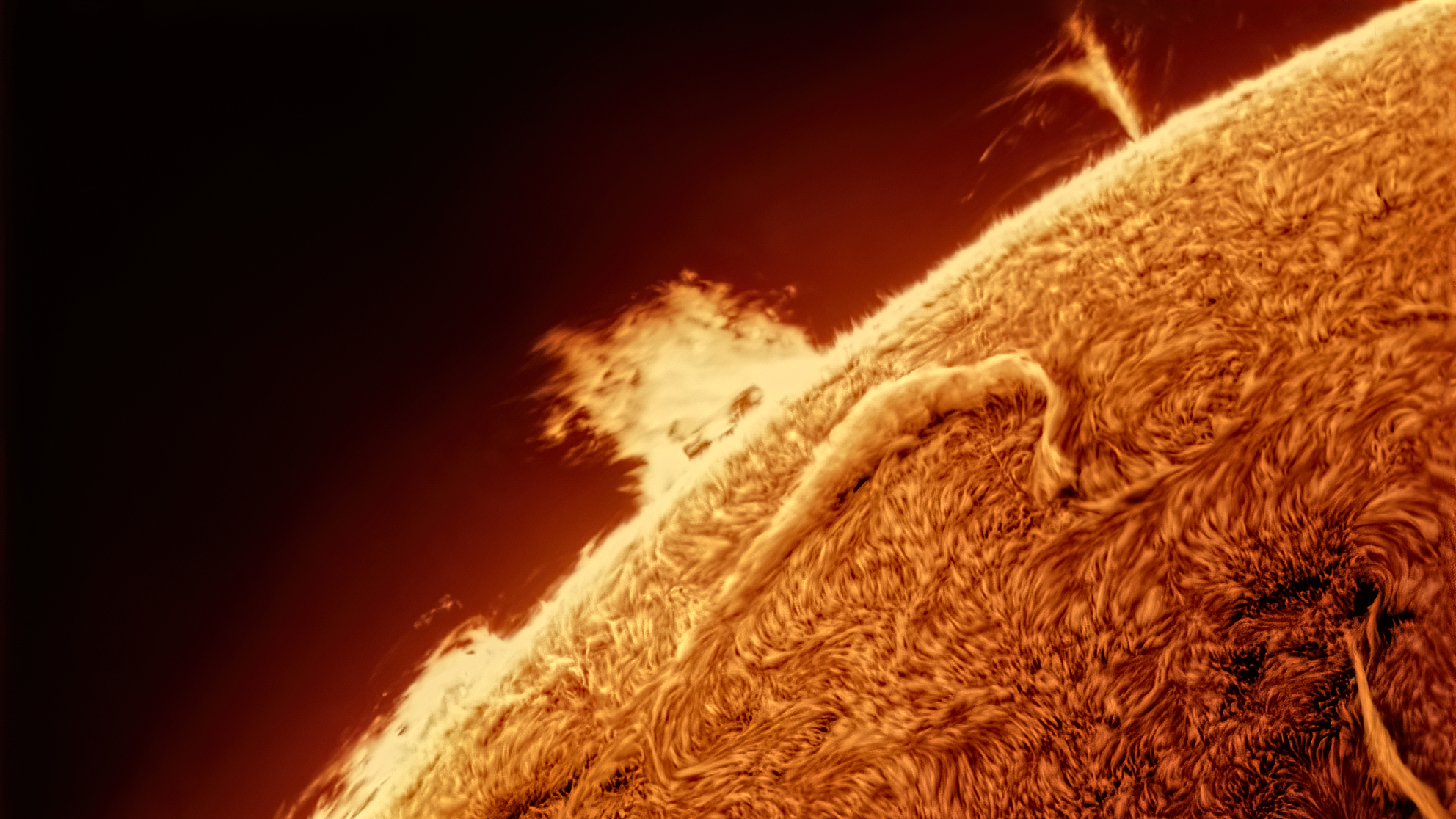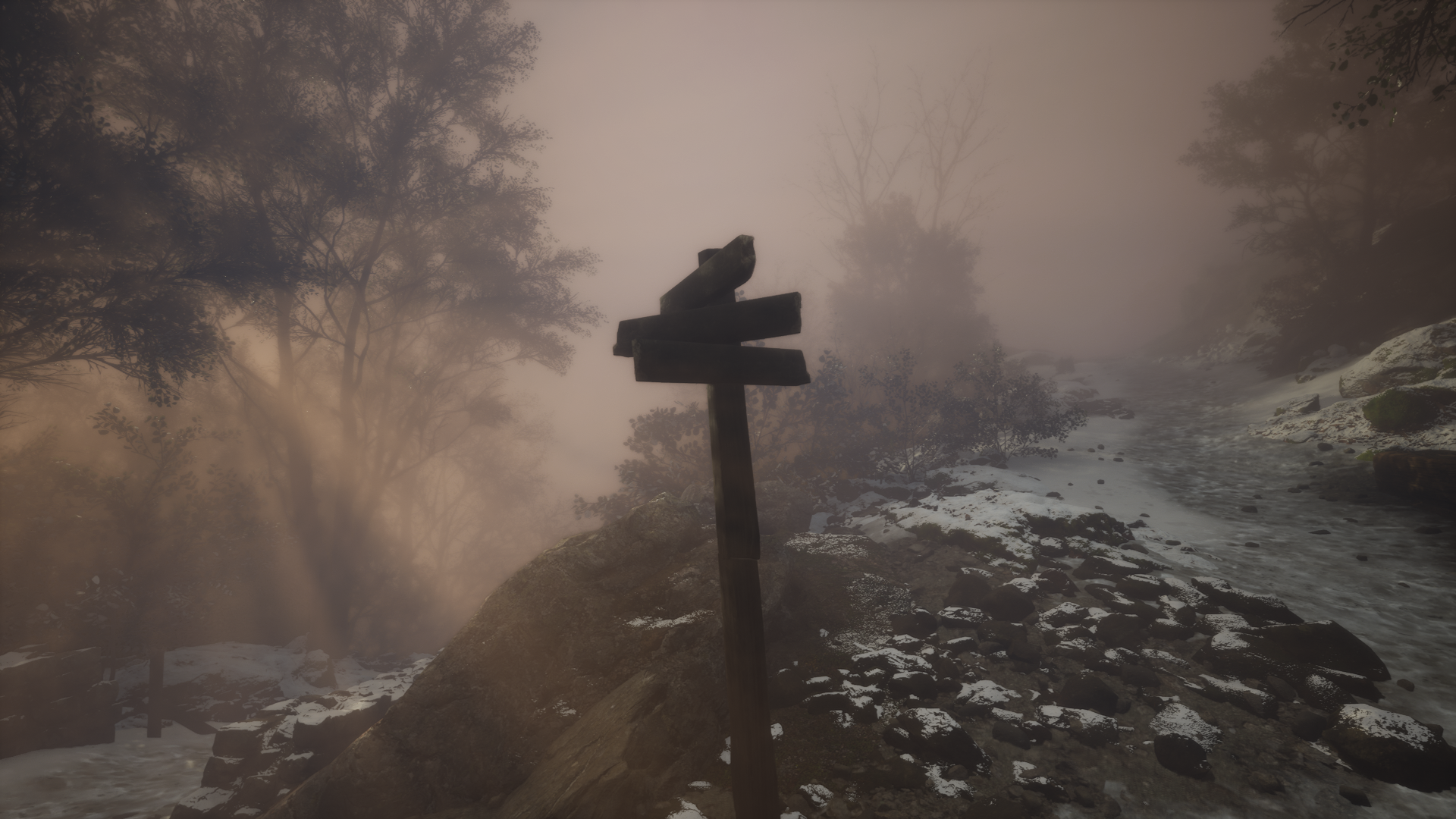Astrophotography
Latest about Astrophotography
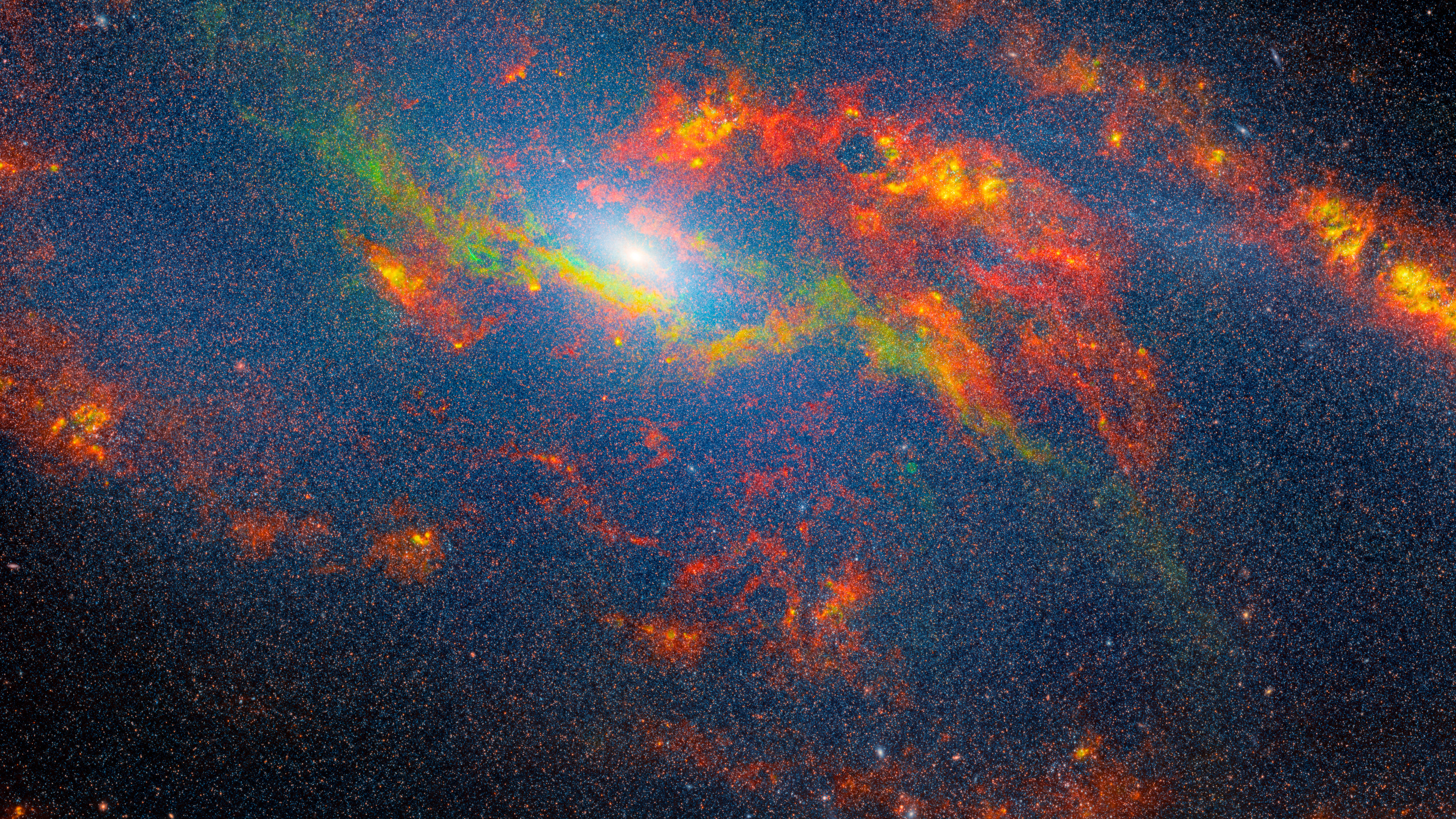
Mesmerizing James Webb Space Telescope photo lets you gaze into a hungry black hole
By Chris George published
News European Space Agency releases new photograph of the Messier 106 spiral galaxy
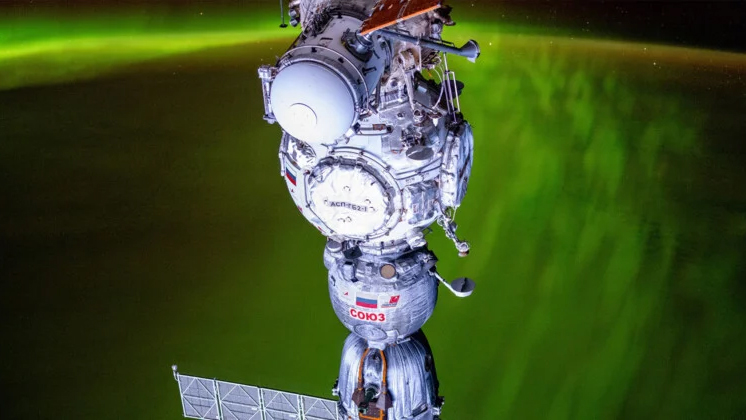
Astronaut uses Nikon Z9 to capture epic aurora photos from International Space Station
By Leonie Helm published
News NASA astronaut Matthew Dominick shares some truly amazing aurora photographs from the ISS, shot with a Nikon Z9
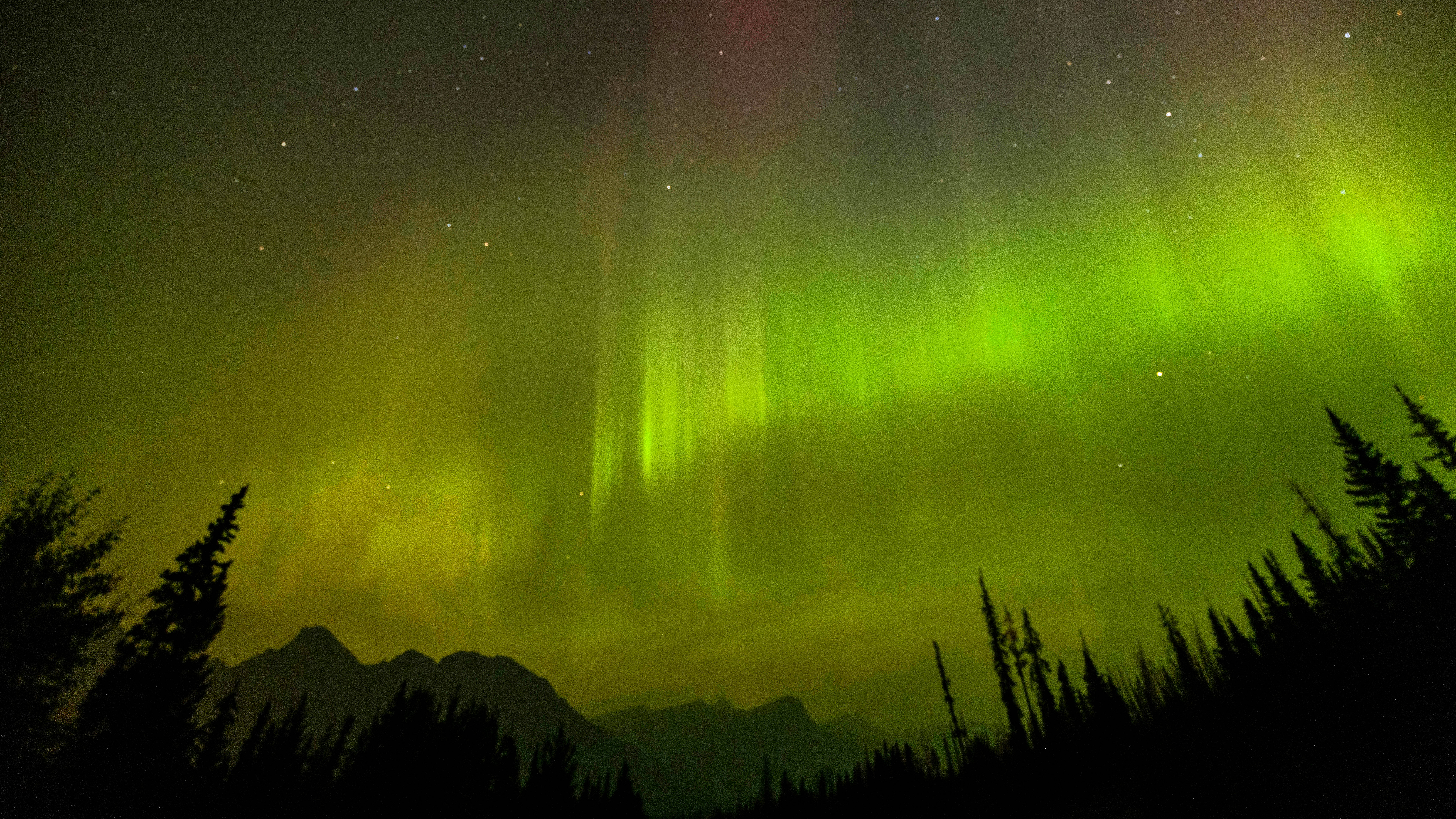
Hyperspectral Camera reveals the true colors of the Northern Lights
By Leonie Helm published
NEWS The first ever 'hyperspectral' image of the Northern Lights has been published, showing its true colors
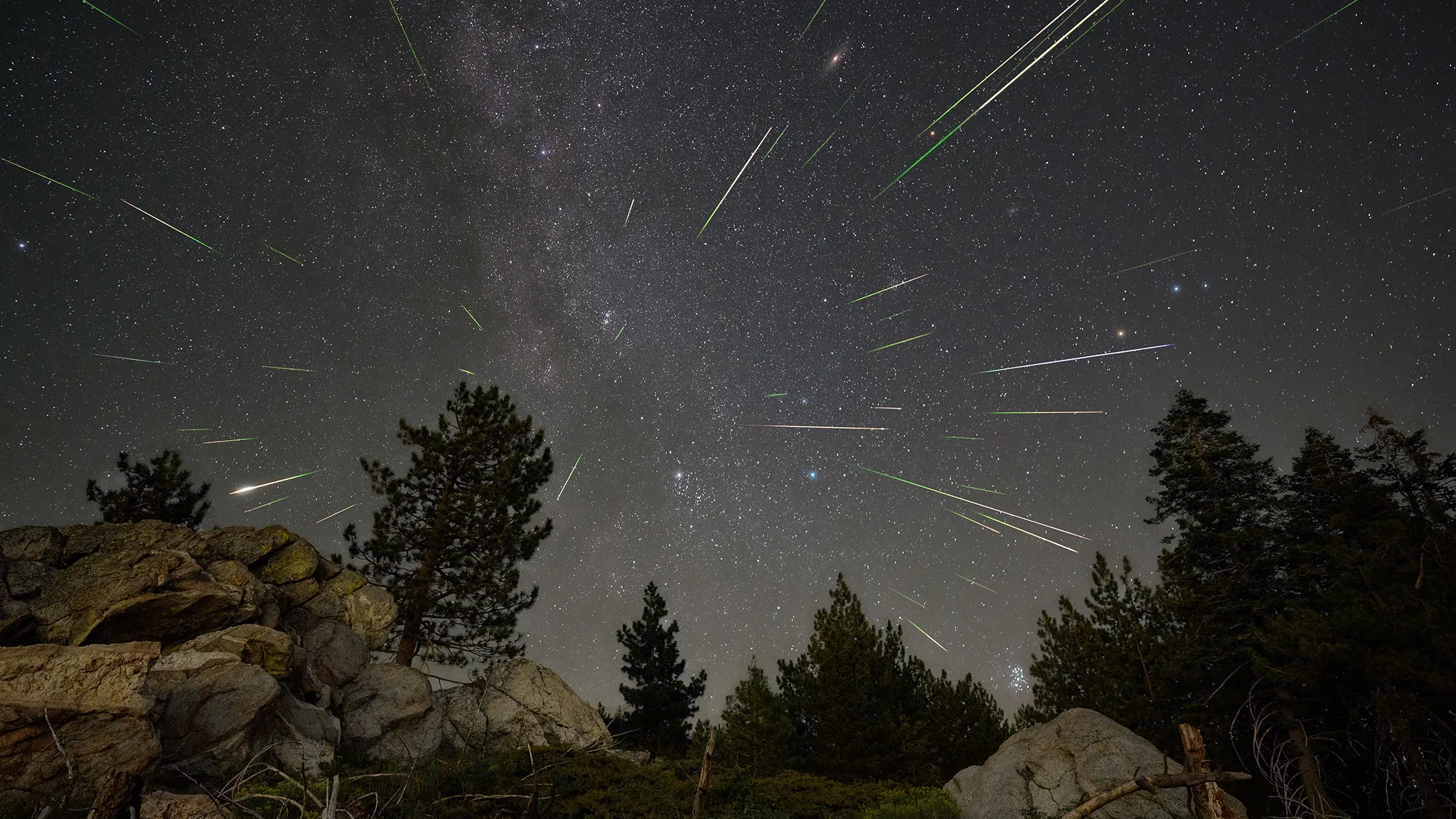
Astrophotographers prepare for “the best meteor shower of the year” according to NASA
By Leonie Helm published
News The Perseids Meteor Shower is an annual meteor shower that peaks in mid-August, with up to 100 meteors per hour
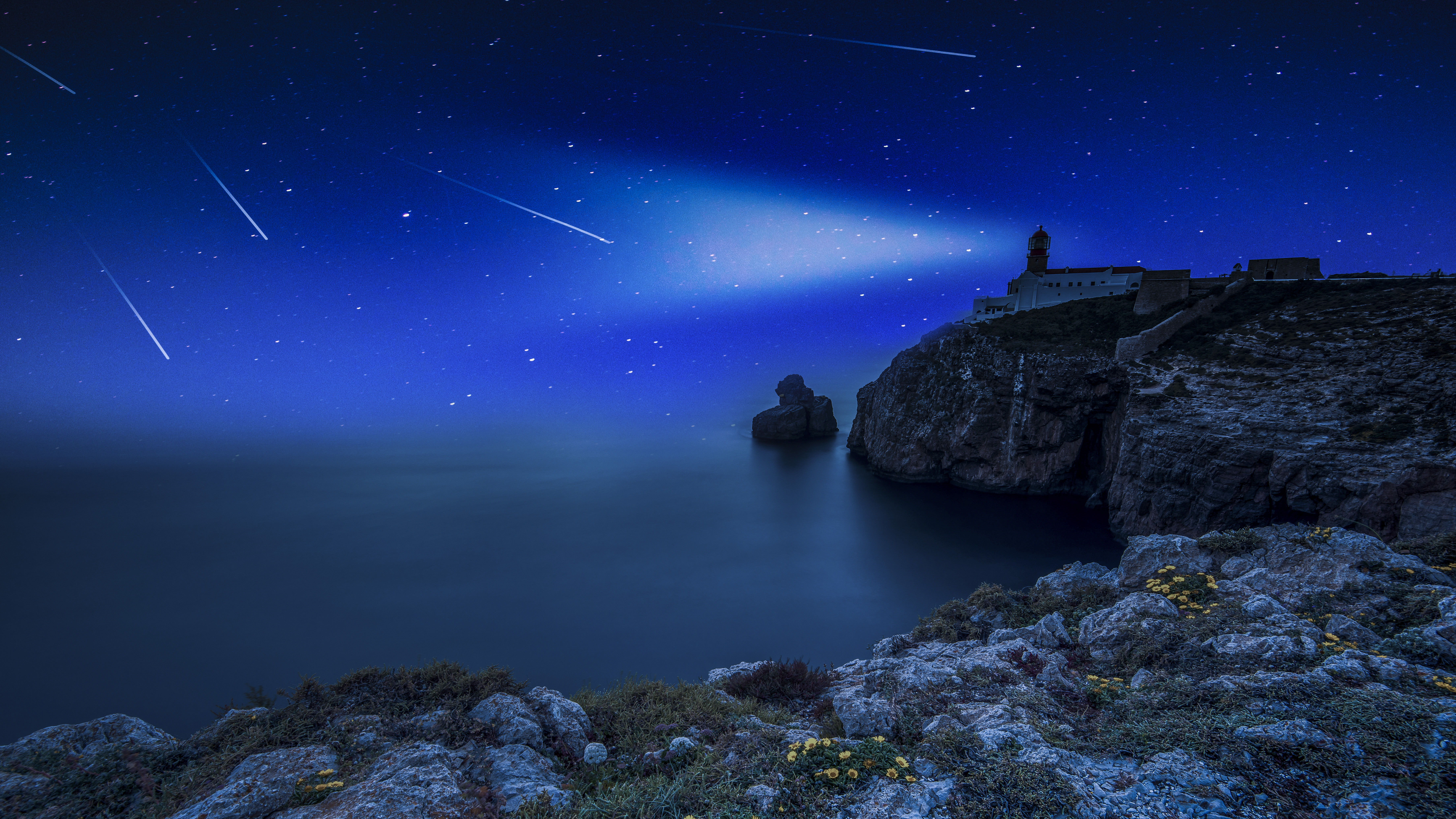
How to photograph the stunning Perseid meteor shower
By Jamie Carter last updated
LEARN Everything you need to know for photographing the Perseids – which promises to be the best meteor shower in 2024
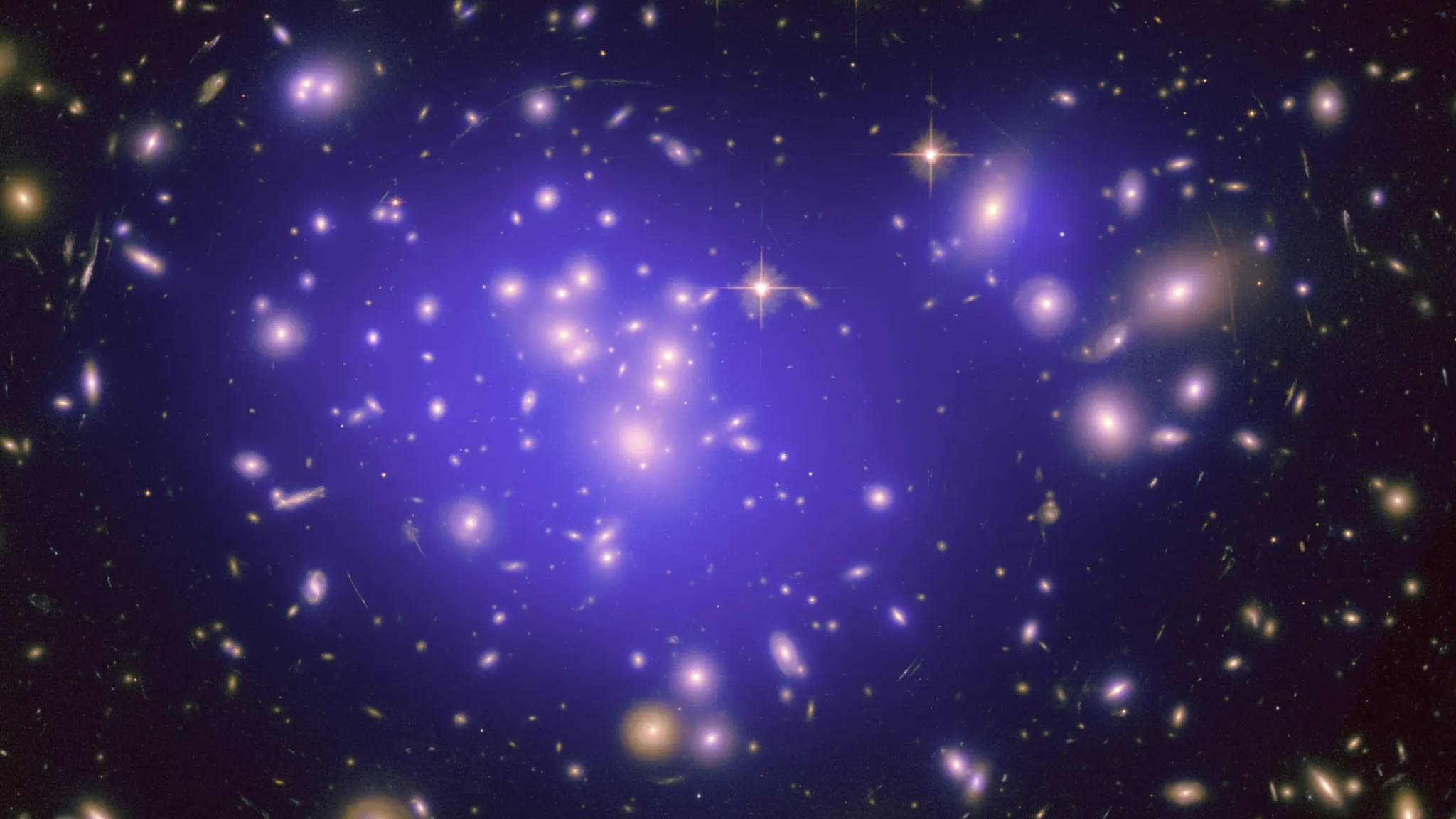
Can scientists capture the first images of dark matter with this camera trap-like device?
By Leonie Helm published
News If the device is successful, it will capture a "one in a million" image of dark matter according to physicist Ashutosh Kotwal
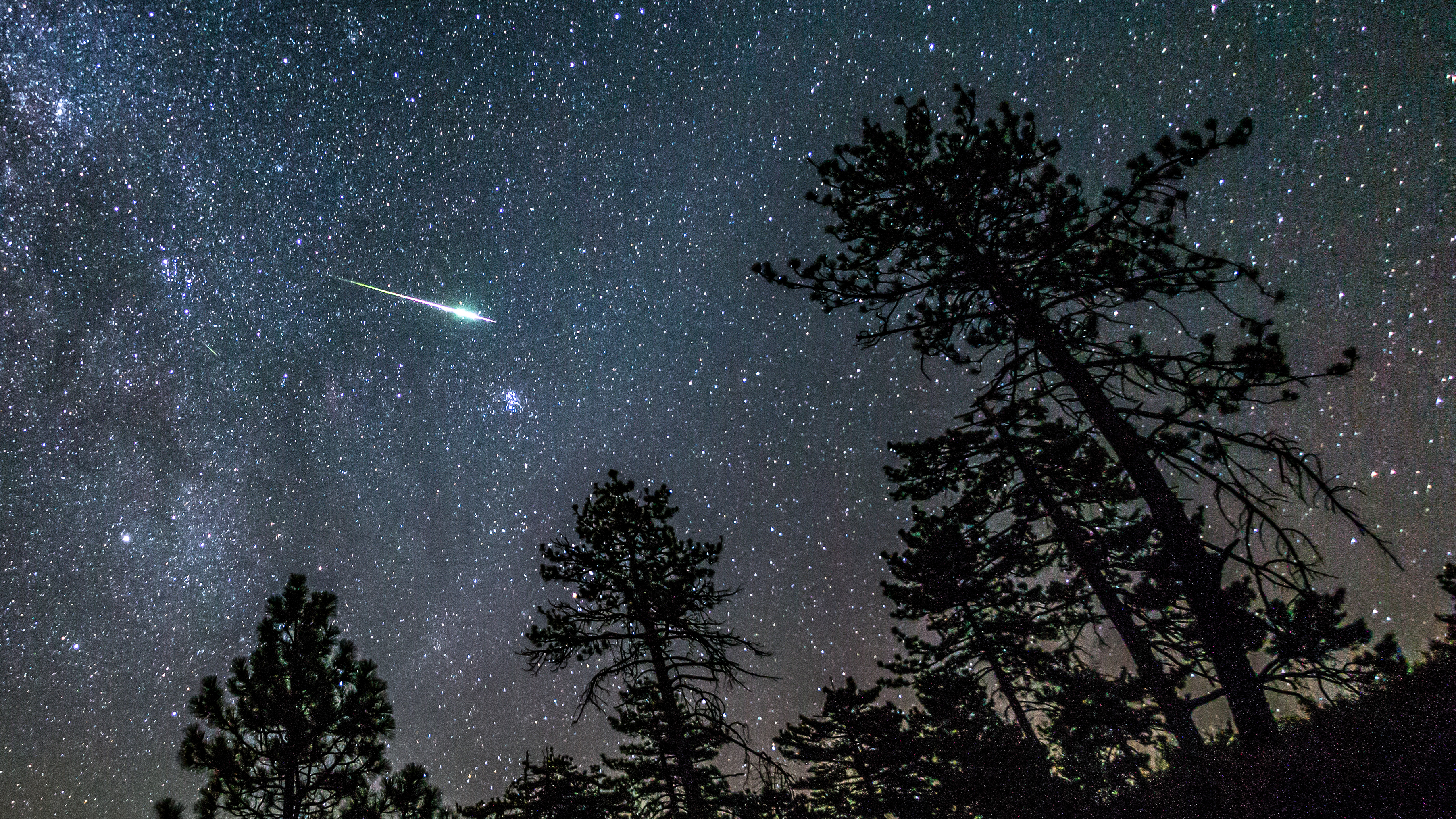
Astrophotography in August 2024: what to shoot in the night sky this coming month
By Jamie Carter published
astrophotography Everything you need to know about what’s happening in the night sky this month.
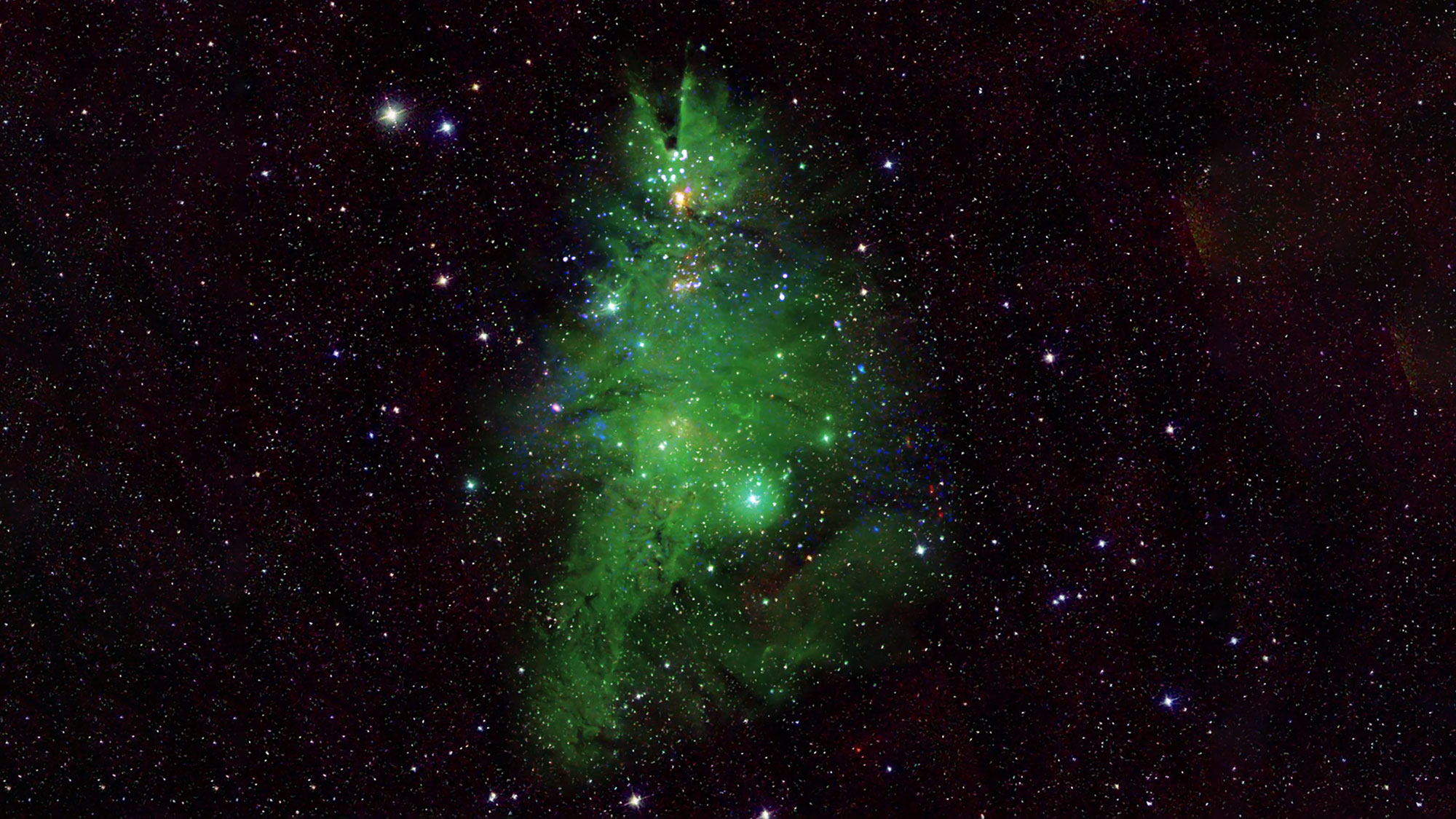
NASA astronauts to give free astrophotography master class TODAY live from space
By Leonie Helm published
News NASA astronaut Matthew Dominick, commander of the SpaceX Crew-8 Mission, will be joined by veteran Don Pettit
Get the Digital Camera World Newsletter
The best camera deals, reviews, product advice, and unmissable photography news, direct to your inbox!

